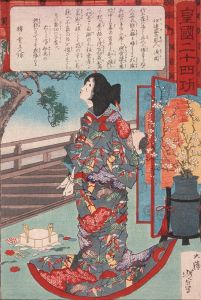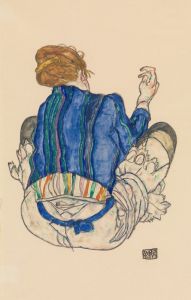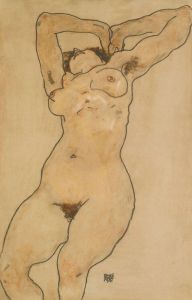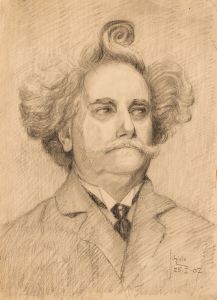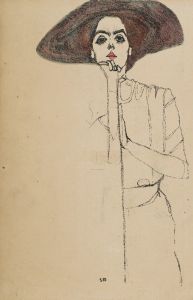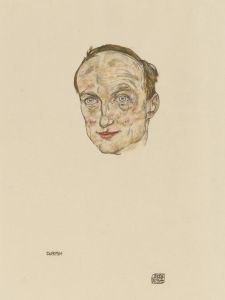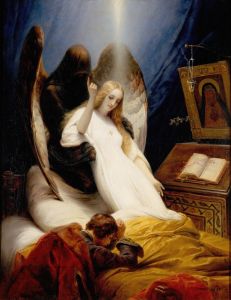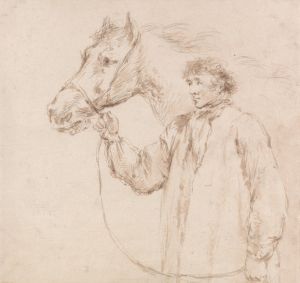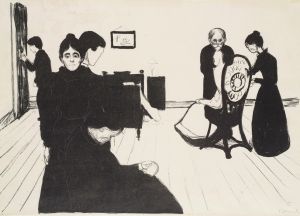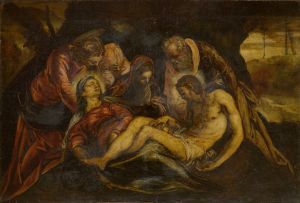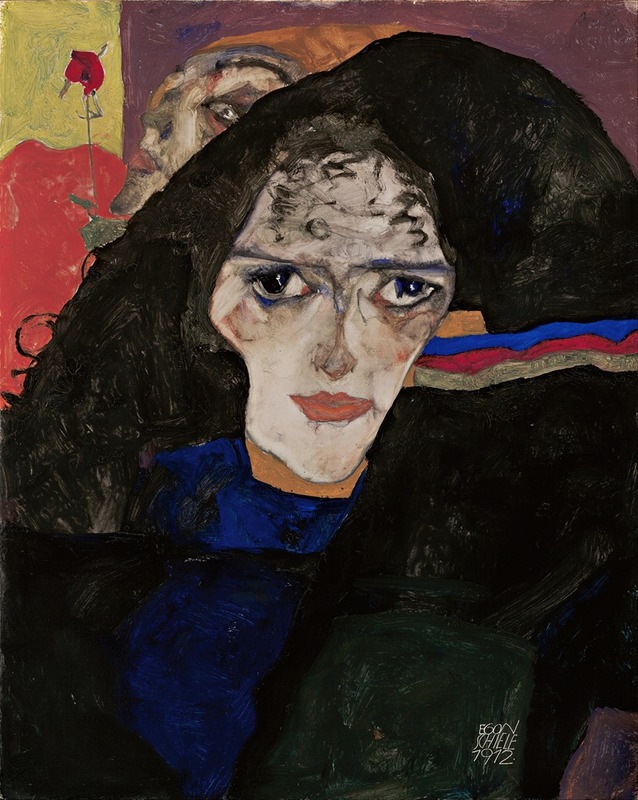
Mourning Woman
A hand-painted replica of Egon Schiele’s masterpiece Mourning Woman, meticulously crafted by professional artists to capture the true essence of the original. Each piece is created with museum-quality canvas and rare mineral pigments, carefully painted by experienced artists with delicate brushstrokes and rich, layered colors to perfectly recreate the texture of the original artwork. Unlike machine-printed reproductions, this hand-painted version brings the painting to life, infused with the artist’s emotions and skill in every stroke. Whether for personal collection or home decoration, it instantly elevates the artistic atmosphere of any space.
Egon Schiele, an Austrian painter known for his distinctive style and raw emotional intensity, created the artwork "Mourning Woman" in 1912. Schiele was a protégé of Gustav Klimt and a major figurative painter of the early 20th century. His work is noted for its intensity and its exploration of themes such as sexuality, death, and the human condition.
"Mourning Woman" is a poignant example of Schiele's ability to convey deep emotion through his art. The painting depicts a woman in a state of mourning, capturing the essence of grief and sorrow. Schiele's use of line and color in this piece is characteristic of his style, with bold outlines and a somewhat distorted form that emphasizes the emotional state of the subject. The woman's posture and facial expression are central to the composition, conveying a sense of despair and introspection.
The painting reflects Schiele's interest in the human psyche and his ability to portray complex emotions. His work often delved into themes of existential angst and the darker aspects of the human experience, which were influenced by the socio-political climate of early 20th-century Europe. Schiele's art was also shaped by his personal experiences and struggles, including his encounters with mortality and his own turbulent life.
Schiele's technique in "Mourning Woman" involves a combination of expressive lines and a muted color palette, which enhances the somber mood of the piece. The use of space and composition in the painting draws the viewer's attention to the emotional weight carried by the subject. Schiele's approach to the human form was innovative for his time, often breaking away from traditional representations to explore more abstract and expressive forms.
During his career, Schiele faced both acclaim and controversy. His work was sometimes criticized for its explicit content and raw portrayal of the human body, but it also garnered admiration for its originality and emotional depth. Despite his relatively short life—he died at the age of 28 in 1918 due to the Spanish flu pandemic—Schiele left a significant impact on the art world. His exploration of human emotion and form has influenced numerous artists and continues to be studied and appreciated today.
"Mourning Woman" is part of Schiele's broader oeuvre that includes numerous portraits, self-portraits, and figurative works. His legacy is preserved in major art collections and museums around the world, where his work is celebrated for its contribution to Expressionism and modern art. Schiele's ability to capture the complexities of human emotion and his innovative artistic techniques make "Mourning Woman" a significant piece in understanding his artistic vision and the broader context of early 20th-century art.






